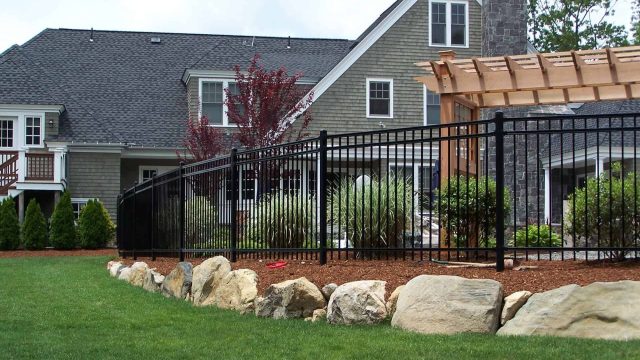
Pets bring joy, companionship, and unconditional love into our homes. Whether it’s a playful puppy, a curious kitten, or even a small exotic pet, ensuring their safety indoors is crucial. While homes may seem like a secure environment, many common household items and habits can pose hidden dangers. By taking proactive steps, pet owners can create a safe, comfortable, and nurturing environment for their furry, feathered, or scaly family members.
1. Identify Common Household Hazards
The first step in pet safety is recognizing potential dangers. Electrical cords, cleaning supplies, certain plants, and small objects that can be swallowed are among the most common risks. Dogs and cats, especially puppies and kittens, are naturally curious and may chew or ingest things they shouldn’t. Toxic foods, such as chocolate, grapes, onions, and artificial sweeteners like xylitol, can cause serious illness or even be fatal. Similarly, plants like lilies, philodendrons, and poinsettias can be toxic to pets if ingested.
2. Pet-Proof Your Living Space
Similar to childproofing, pet-proofing your home is key to preventing accidents. Begin by securing electrical cords with covers or organizers and keeping small objects out of reach. Store medications, cleaning products, and other potentially dangerous substances in high cabinets. Use baby gates or pet barriers to block access to risky areas like kitchens during cooking or laundry rooms with toxic detergents.
For birds or small rodents, place cages in safe spots away from drafts, ceiling fans, or open windows. Additionally, consulting fence contractors in Salt Lake City can help create secure outdoor spaces, giving pets a safe area to play without the risk of escape or injury.
3. Provide Safe Toys and Chewing Alternatives
Chewing is a natural behavior for many pets, particularly dogs. Providing appropriate toys can prevent them from gnawing on dangerous items like furniture, shoes, or electrical cords. Durable chew toys, puzzle feeders, and interactive toys not only satisfy their instincts but also provide mental stimulation. Cats benefit from scratching posts and interactive play items, which can help reduce destructive behaviors and prevent injuries from climbing or jumping on unstable surfaces.
4. Maintain a Clean and Organized Environment
A tidy home can reduce the risk of accidental ingestion or injury. Keep floors free of small objects, clothing items, or discarded food that pets might swallow. Regularly check toys for wear and tear, as broken pieces can become choking hazards. Cleaning supplies should be stored securely, and household chemicals should never be left unattended. Additionally, make sure windows and balcony doors are secure, preventing curious pets from falling or escaping.
5. Monitor Indoor Temperature and Comfort
Pets are sensitive to extreme temperatures. Make sure your indoor environment is comfortable and safe. Avoid leaving pets in rooms that may become too hot or cold, especially during seasonal changes. For pets like reptiles or small mammals, maintaining appropriate heating, lighting, and humidity is essential for their health. Always provide fresh water and cozy resting spots where pets can retreat and feel safe.
6. Educate Family Members and Visitors
Everyone in the household should be aware of the rules for pet safety. Children, in particular, should be taught how to interact gently with pets, avoid sudden movements, and never feed them harmful foods. Visitors should also be informed about any restrictions, such as areas that are off-limits or specific behaviors to avoid. Clear communication helps prevent accidental injuries or stress for your pets.
7. Emergency Preparedness
Even in the safest homes, accidents can happen. Keep a first-aid kit for your pet and familiarize yourself with basic pet first aid. Know the location and contact information of your nearest veterinary clinic, including after-hours emergency services. Having this preparedness plan in place can make all the difference in a critical situation.
8. Regular Health Checkups and Grooming
Preventive care contributes significantly to indoor safety. Regular veterinary visits, vaccinations, and parasite prevention reduce the risk of illness. Proper grooming, including nail trimming and coat care, can prevent scratches, injuries, or discomfort indoors. A healthy pet is less likely to engage in risky behaviors and more able to thrive in a safe environment.
In Conclusion
Keeping pets safe indoors requires awareness, preparation, and a proactive approach. By identifying hazards, pet-proofing your home, providing safe toys, maintaining a clean environment, monitoring comfort, educating family members, and preparing for emergencies, you can create a space where your pets can explore, play, and relax without risk. After all, a safe pet is a happy pet—and a happy pet makes a home truly complete.